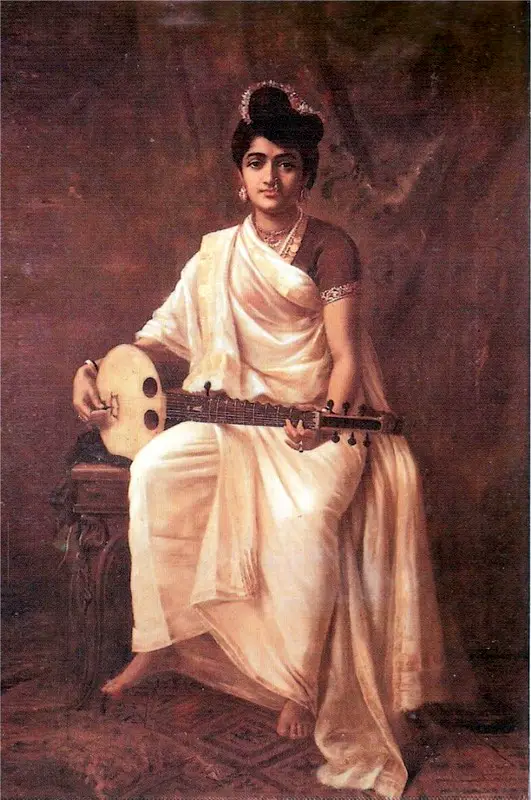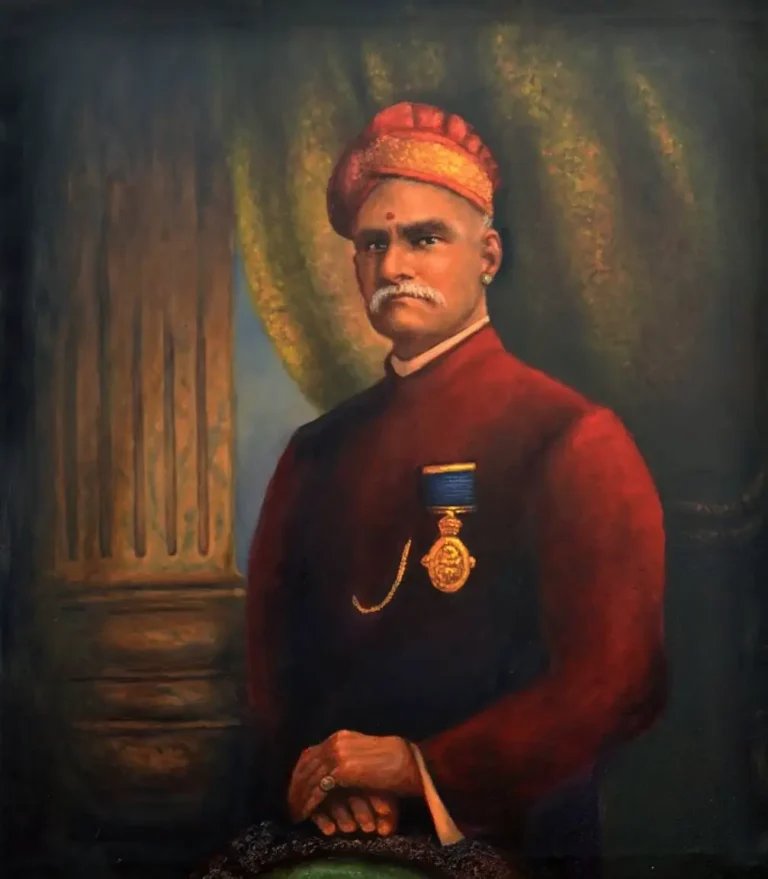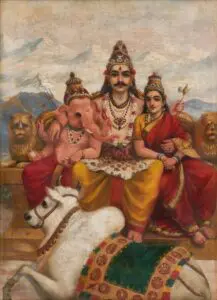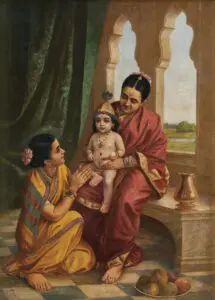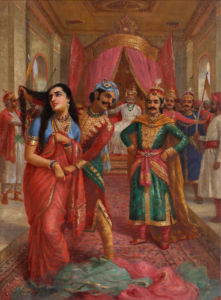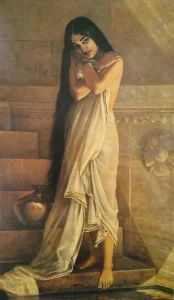Malabar Lady
Created by the renowned artist Raja Ravi Varma, Malabar Lady showcases a traditional woman from Kerala, adorned in exquisite ethnic attire with a distinctive hair knot. Known for its intricate detail and lifelike beauty, this painting presents a captivating glimpse into the elegance of Indian women while celebrating the rich cultural heritage of the Malabar region. The addition of a veena, in certain versions, further enhances its charm, providing context to the artistic representation of Indian tradition.
Late 19th Century
About the Artwork
The Malabar Lady stands as a testament to Raja Ravi Varma's innovative genius in Indian art. Born in the 19th century, Varma sought to captivate audiences by merging classical Indian themes with European painting techniques. This painting reflects his ability to highlight the cultural diversity and beauty inherent in Indian women, particularly those from the Malabar region. By depicting a woman in traditional attire and with the veena, a symbol of musical and cultural sophistication, Varma not only celebrated the aesthetics of Indian femininity but also narrated the story of the region's rich artistic heritage. The piece gained prominence for its representation of local customs and remains a beloved work for its historical significance and artistic merit.
Did You Know
Raja Ravi Varma is often credited with elevating the status of Indian art and artists. His works inspired generations of artists to blend traditional themes with modern techniques, laying the groundwork for contemporary Indian painting.
The veena is more than just a musical instrument; it symbolizes knowledge and the arts in Indian tradition. In many classical dance forms and performances, the veena plays a pivotal role, emphasizing the connection between music and cultural identity.
The Malabar region is known for its rich history and diverse cultural influences, including Dravidian, Portuguese, and Arab. The traditional attire depicted in the painting reflects the vibrant fabric of this region’s heritage, representing its unique blend of customs and styles.




